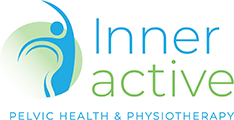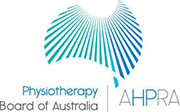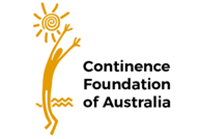
What are blocked ducts and how does breastfeeding work?
Ducts in the breast carry breast milk from deep within the breast to the nipple during breastfeeding. These ducts can become blocked and when milk builds up behind the blockage, a lump forms and your breast begins to feel sore. They can be incredibly painful impacting breastfeeding, milk supply, mother and baby bonding, and in some cases, mothers stop breastfeeding. Fortunately, if treated quickly and appropriately, it can be effectively cleared and if so usually do not develop into mastitis.
Why do blocked ducts occur in breastfeeding?
The most common cause of blocked ducts is the breast not draining fully when breastfeeding. This can be a variety of reasons from skipping feeds (even 1!), too infrequent breastfeeding, tight or ill-fitting bras and tops, or latching and sucking issues from the baby in a variety of feeding positions. Other risk factors include stress and fatigue, inadequate diet/hydration, history of mastitis, smoking, cracked skin on nipples.
What you may feel/notice?
Symptoms of a blocked duct such as engorgement in one area, redness, occasionally a white spot on the nipple called a “milk bleb”.
Mastitis: If you develop a fever/chills, are feeling generally unwell with headaches, or other flu-like symptoms with or without a blocked duct you may be developing mastitis and is important to seek medical care from GP immediately.
How to manage at home
- Rest as much as possible. Beg, borrow, steal sleep!
- Always try to breastfeed from the affected breast first and as often as you can.
- Applying warmth for up to a few minutes to the affected breast before a feed can help with milk flow.
- Check that your baby is attached well and can get the milk easily. If you feel your baby’s latch is inadequate it is a good idea to seek advice from a lactation consultant.
- Relax to help your let-down reflex work well.
- Very gentle massage of the lump toward the nipple during feeds.
- Change feeding positions to help empty the breast.
- Hand express if needed, after feeds.
- Cold packs after a feed may help relieve pain and inflammation.
- See your GP, lactation consultant, or a lactation-trained physiotherapist if you cannot clear the lump in a few days, or sooner if you develop a fever or feel unwell.
Seeking help- how can physiotherapy and utrasound help manage your blocked ducts?
At Inner Active Pelvic Health and Physiotherapy we are passionate about helping you have a successful breastfeeding journey. If you have tried the above and not getting any relief you may be recommended to see a physiotherapist. We recommend you seek treatment early on to assist with early relief and returning to feeding.
A consultation at Inner Active Pelvic Physiotherapy
Urgent bookings are available if you contact us and tell us about your situation and concerns
WE would ask that you come into the clinic with your baby
Your physiotherapist would conduct a thorough assessment. Treatment is varied depending on your specific needs this could including the following:
- Education
- Therapeutic ultrasound – is often the best intervention for a blocked duct and mastitis which emits micro-massage and heat combined to soften the blockage, increasing circulation and opening up the duct which will improve the flow of milk when breastfeeding.
- Massage techniques
- Breastfeeding positions- posture
- Review and management of musculoskeletal conditions especially with neck, shoulders, and back that can impact your feeding
You will be given a comprehensive at-home management plan of self-massage techniques, feeding modifications, and lifestyle advice as appropriate. In most cases of a blocked duct, this treatment will fully resolve within 1-3 sessions. If symptoms of mastitis are present, your physiotherapist will liaise with your GP.
Niki Jacobs
Niki has a special interest in pregnancy-related pelvic and low back pain, dance injuries including Pre-Pointe and dance assessments, female urinary incontinence, knee and hip osteoarthritis, complex trauma injuries, osteoporosis, and fall prevention.
References
Abou‐Dakn M, Richardt A, Schaefer‐Graf U, Wöckel A. Inflammatory breast diseases during lactation: milk stasis, puerperal mastitis, abscesses of the breast, and malignant tumors – current and evidence‐based strategies for diagnosis and therapy. Breast Care. 2010;5(1):33‐7.
Witt, A. M., Bolman, M., Kredit, S., & Vanic, A. (2016).Therapeutic breast massage in lactation for the management of engorgement plugged ducts, and mastitis. Journal ofHuman Lactation,32(1), 123‐
131.http://dx.doi.org/10.1177/0890334415619439
Resources
Australian Breastfeeding association





